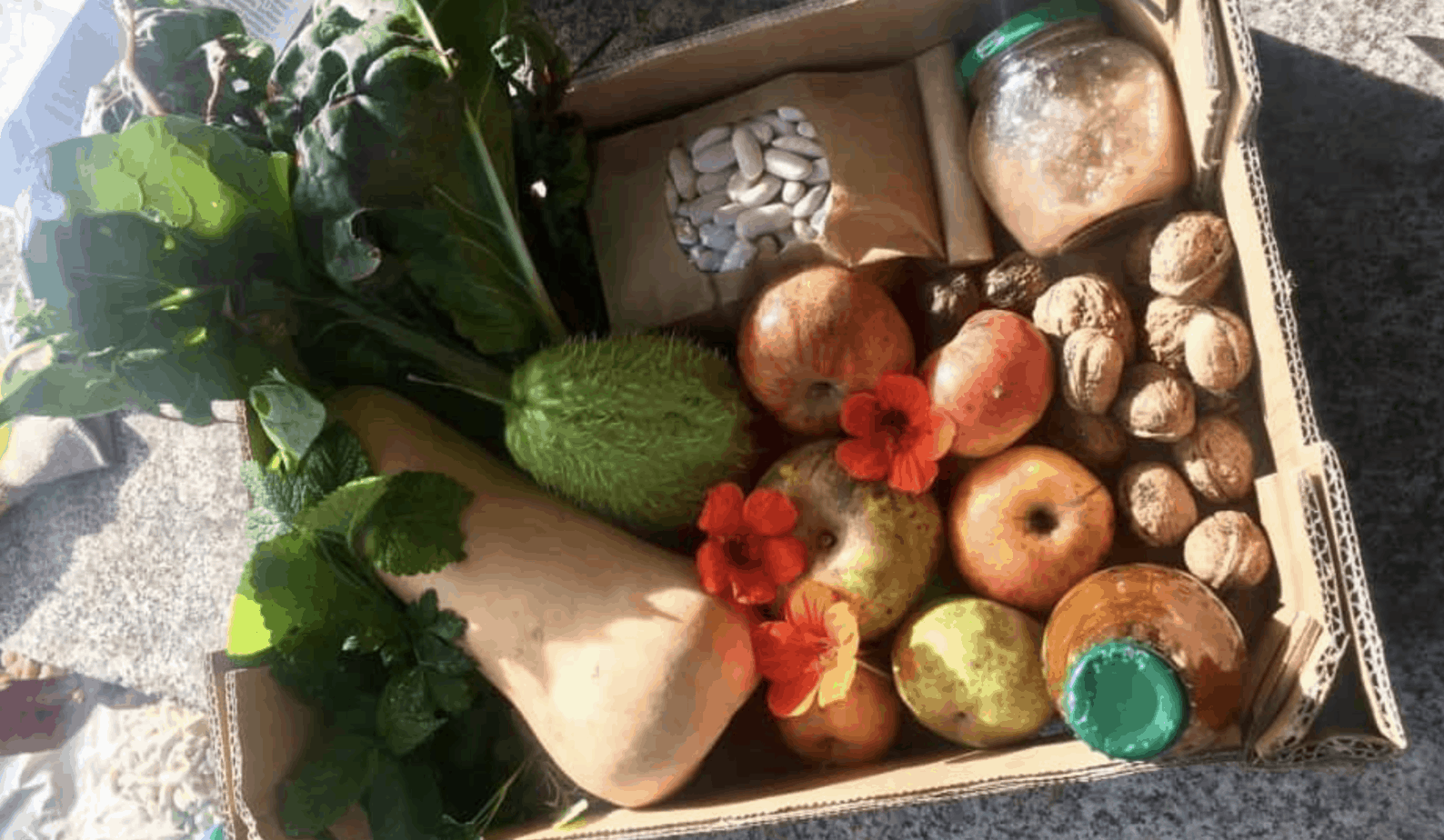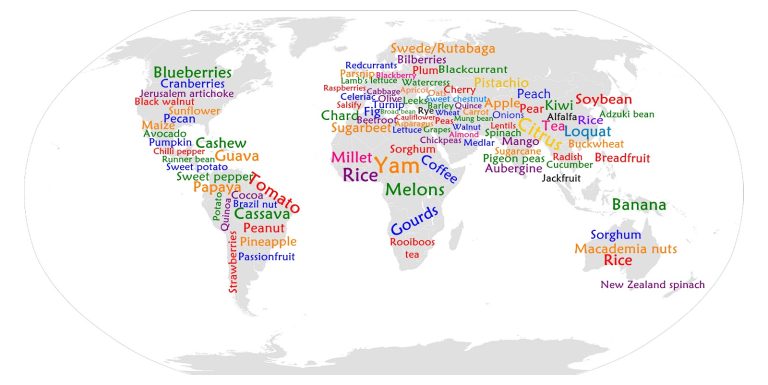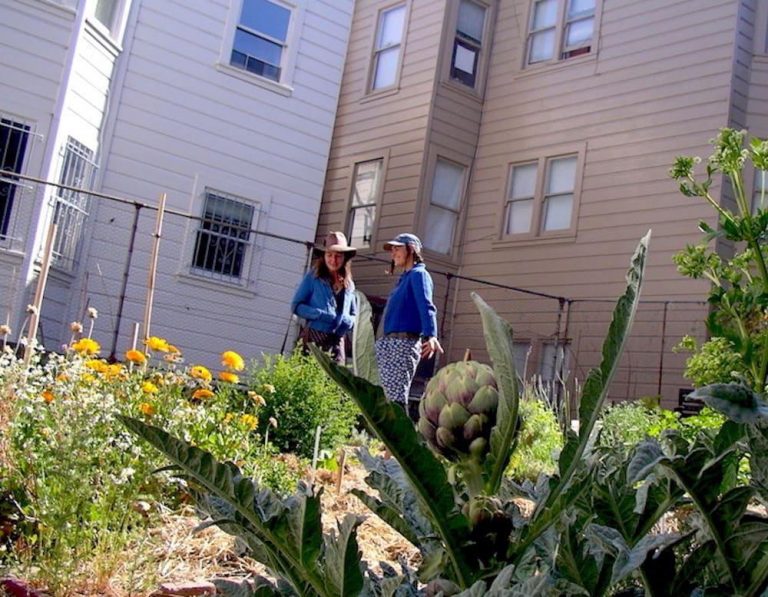What is Permaculture Design? How would you explain it?
by Elena Pollen

Permaculture is a word that’s used a lot in the field of working with the land.
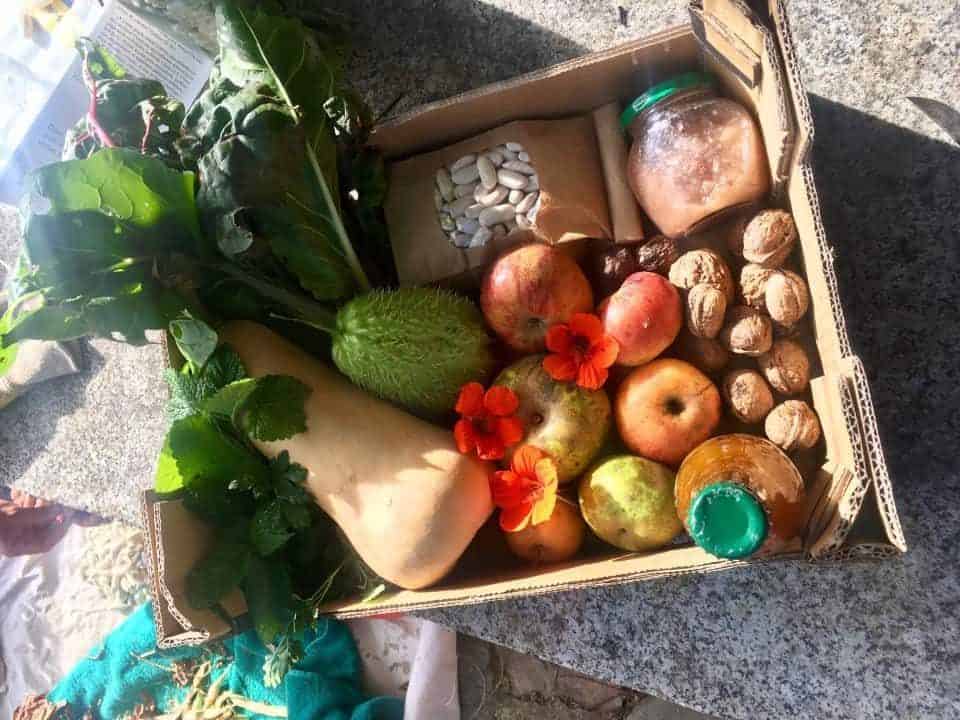
When I first started using workaway, I’d see a lot of projects using the tag ‘permaculture’, and as it was alongside such labels as ‘self-sufficiency’, ‘eco-living’ and ‘community’, my interest was piqued and Idecided to learn more.
Who is Permaculture for?
Anyone working with the land. In a small garden, farm, food forest or agricultural industry. It is a method of working with the land that is both sustainable and in harmony with the natural processes of the earth.
Through this method, the farmer or gardener becomes one with the land, a symbiotic part of the ecosystem itself. The role is to encourage nature in its way by planting, harvesting, observing, growing and recycling everything back into the ground.
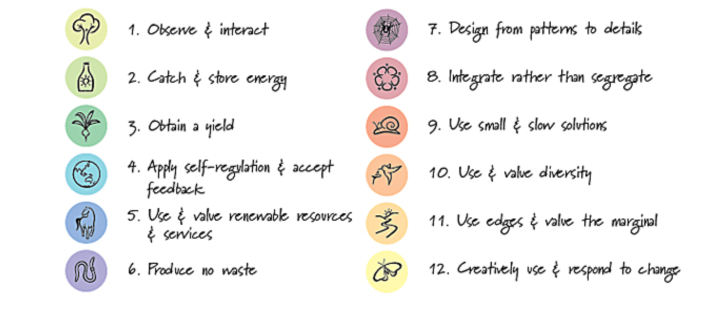
Whilst permaculture is an agreed method, it is not rule-based. To work with nature there are only guidelines, as permaculture intrinsically recognises the uniqueness of each situation. Below is a summary of the 12 written principles as pictured above, as a way to visualise what applying permaculture might look like.
1. Observe & interact
The idea is that before digging in to a patch of land, sticking the fork in, having a poke around with a trowel, you simply sit with the land and observe it. See which places get the most sun, observe the insects in the ecosystem, the pH of the soil, the types of plants that are or are not growing. Observing before acting prevents unnecessary mistakes.
2. Catch & store energy
Make use of the world’s natural energy supply, collecting sun through solar panels and well-placed greenhouses, rain in water butts for later use, old leaves to use as mulch. Save some yield from summer harvests for winter by pickling vegetables, storing nuts and preserving fruits.
3. Obtain a yield
Harvest the fruits of your labour! Of course collecting crops is an amazing part of permaculture, but obtaining a yield is not limited to edible goodness. Connecting with fellow gardeners, sharing tips and seed-swapping contributes to an expanding yield of knowledge.
4. Apply self-regulation and accept feedback
Understand that you’re part of a constantly evolving cycle. This means thinking ahead to how your actions will effect the land in the future, but also how you can learn, and remedy, the mistakes of the past. When things don’t turn out as well as expected, or you receive criticism of something you thought was faultless, embrace this as part of a continuous process of learning and growing.
5. Use & value renewable resources & services
It makes sense to consider an option that isn’t going to run out any time soon. Power your saw with solar energy, your self with perennial crops and your fire with coppice wood! Wind and hydro energy are also great options for those with advanced knowledge and tools.
6. Produce no waste
Don’t bin things! Recycle, reuse, and make compost. Almost all food waste breaks down into soil after one year. Coffee grounds can be used for face scrub, walnut shells for starting a fire.
7. Design from patterns to details
When creating a garden, draw shapes of the beds on a piece of paper and decide how you want to fill them. A mixture of geometry and circular shapes bode for an interesting and diverse ecosystem.
8. Integrate rather than segregate
Why have a separate herb garden when strawberries and basil grow perfectly together? Think raspberry and oregano, physalis and hemp, even encourage an edible food forest..
9. Use small & slow solutions
Be patient when things aren’t working immediately; time is the greatest healer. If the carrots aren’t growing try taking a few out to give them more space. If soil has only just been tilled and is dry and weak, add a layer of compost a few months before planting.
10. Use & value diversity
Avoid monoculture and encourage variety in crops and plants. Plant flowers to encourage wildlife, birds and insects.
11. Use edges & value the marginal
Create edge! We first heard this from Simon Dale at Lammas ecovillage (bit of a big deal in the permaculture scene) — where possible, make levels and encourage inter-relationships between the four elements. This happens naturally everywhere in nature, but think ponds, a fire pit, wind chimes and leaf covered soil. Water, fire, wind, air.
12. Creatively use & respond to change
When something unexpected happens, make light of it, make it work. If some tiles fall and smash on the floor, pick them up and piece them together into a colourful sculpture mosaic. If there’s a bout of cold weather that keeps you inside, crack the shells of some walnuts and make soap from the ash of the fire.

